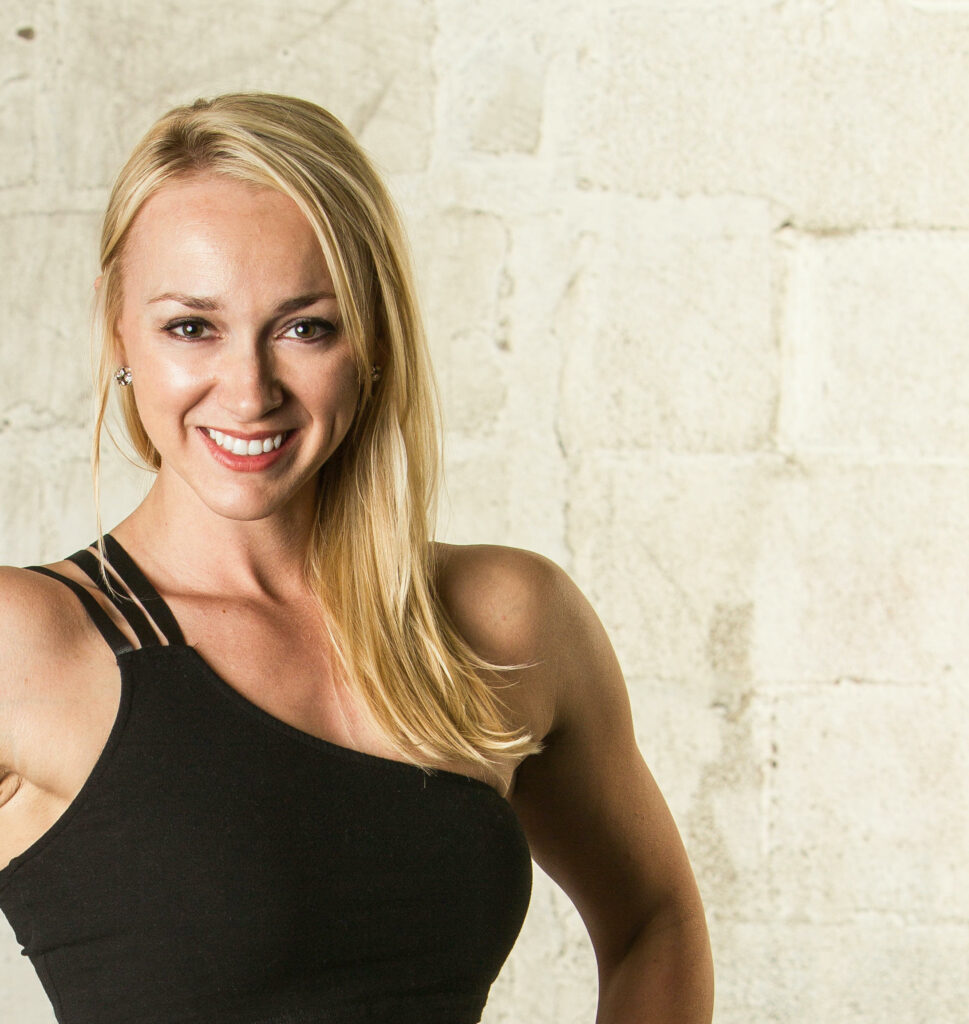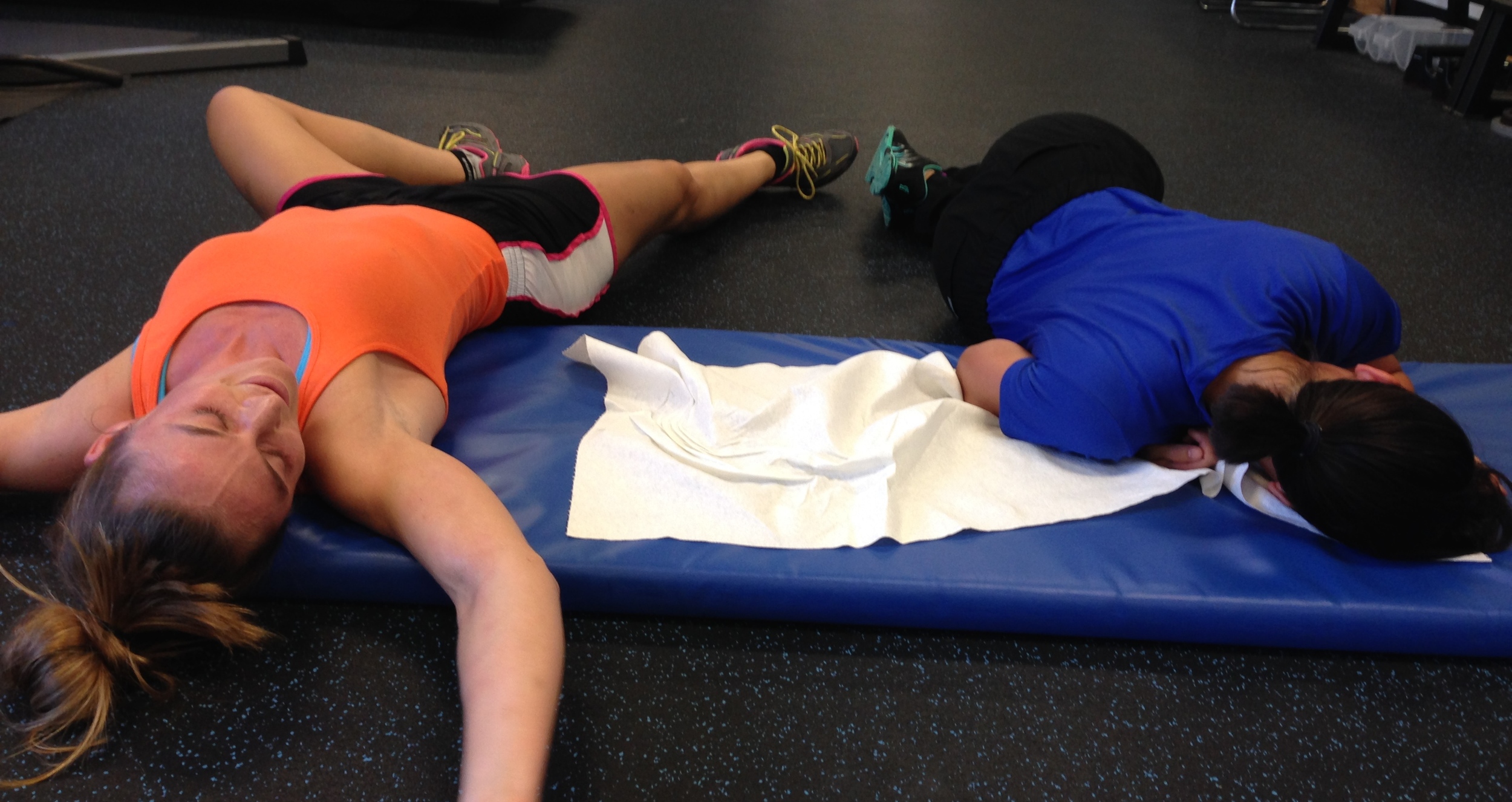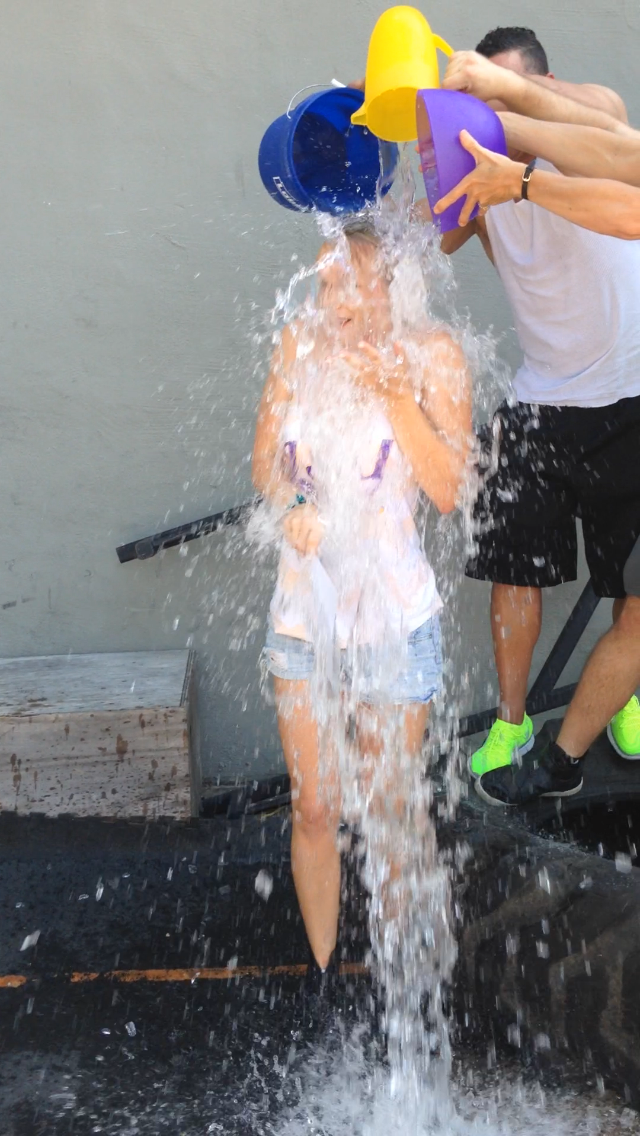Everybody who has a body should exercise. That much is clear. The benefits of exercise and physical activity have been proven over and over. Practically every area of life is improved with exercise. Even people who don’t participate in structured exercise often do leisure activities or manual labor.
Many people take such great care to find the best exercise program, their favorite gym, the right type of exercise. They count the number of sets and reps they do, how fast they run, how far, the number yoga classes they attend. But do you know that just as important, perhaps even more important, is your recovery?
Why is Recovery So Important?
Exercise is an acute stressor. It is extremely beneficial in the long run, but stressful in the short term. It is during the recovery phase that you actually reap the benefits of exercise. You must manage the acute stress and care for your body properly to reap the long term benefits. If you don’t recognize that exercise is tough on your body and take care of it, you won’t create an environment healthy enough to adapt and improve, which is ultimately the process which makes you better.
What Happens to the Body During Exercise
Essentially, what you are doing when you exercise is sending a signal to your body that it needs to be stronger or faster or tougher, depending on which type of exercise you do. You present your body with a challenge which stimulates it to respond specifically. (ie, resistance training makes you stronger, and long runs increase your endurance). The act of exercise causes some muscular stress, tears, and inflammation, during which the body’s metabolic pathways create some measurable biomarkers. We can assess the body’s inflammatory response by measuring interleukin six (IL-6) and C-reactive protein (CRP). Creatine kinase (CK) and lactate dehydrogenase (LDH) can be measured in the body to indicate levels of muscle damage. Of course, there are many other metabolic responses and pathways in play here, but these are just a few which give us an idea of how the body is handling stress.
Common Methods of Recovery
Many people think of recovery as cooling down, rehydrating, eating to replenish energy stores, and sleeping. These are all important things to do, but these are actually the most basic “must-do’s”.
Here are two of my clients post workout. These chicks work hard! They do 6:00 minute planks “for fun” after their workout. Next on the to do list: eat and rest!
If an individual exercises for 2 hours, which is on the shorter side for many, he or she must fully recovery in time for an optimal workout again 22 hours later. As you can see, the more intense and frequent workouts are, the more effective recovery must be to allow the athlete to continue.
Athletes Must Recover Harder
Professional and amateur athletes are going to greater lengths than ever to enhance recovery in hopes that they can recover faster and more fully, and work hard again in their next workout session. In addition to carefully calculating ratios of pre-, peri- and post-workout supplements, they are also thoughtfully adding in the macronutrients in the proper amounts and at the right times. They foam roll before exercising, foam roll and stretch after, plan reload weeks and recovery days. Acupuncture, acupressure, sports massages and Airrosti are on their busy calendars.
All of these therapeutic rehab or “prehab” modalities have some validity. Like exercise selection, recovery methods should be specifically chosen too, if for no other reason than that each individual only has so much time to spend each day.
Cold Water Immersion Therapy
One recovery method many people are turning to is cold water immersion therapy. Cold water immersion therapy involves submerging yourself in very cold temperatures post exercise. This can be done via ice packs, cold showers or even swimming in cold water. If you live in Austin, Texas, like me you can do your cold water immersion therapy in the waters at Barton Springs Creek which are chilly 68° year-round. Many ice baths are much colder.
Barton Springs, in Austin, Texas. Can this place get prettier?
Proponents of cold water therapy claim that it improves circulation, decreases inflammation and muscle damage, perception of soreness, and improves recovery time. Many people claim cold water therapy also increases mental toughness which is a viable tool in sports and life.
Cold water immersion therapy is usually administered in one of two ways: cold water therapy alone, or contrasting cold water and warm water therapy alternative. Contrast water therapy is measured in a certain number of minutes in cold water, then immediately warm water. This processes is repeated as many times as the athlete chooses.
2014 brought us a new way to do ice water therapy. See my ice bucket challenge here.
Review Showing Benefits of Contrast Therapy
A 2013 meta analysis published in PloS One combined data from13 studies that used a variety of contrast therapy interventions, and found that contrast therapy did, in fact, yield statistically significant differences in biomarkers post workout as compared to passive recovery [1]. It is important to note that these were contrast therapy interventions, not solely cold water interventions. The authors of this review indicate that while they have not seen other reviews on contrast water therapy, the studies involved in their review included other potentially confounding factors such as stretching, compression wear, and massage. Further research is warranted to fully understand the effects of cold and contrast water therapy.
Studies Fail to Demonstrate Benefits of Cold Water Therapy
Other studies have failed to demonstrate a benefit from cold water therapy. A September 2013 study of experienced rugby players showed no difference in the cold water therapy group verses the passive recovery group. [2] Both groups played 80 minutes of full contact rugby game simulation, and then were tested on muscle function and blood marker tests after their cold water therapy or passive intervention. The groups were not statistically significant either before or after the game and intervention.
Similarly, a recent study published in January 2015 showed no benefit of cold water therapy following sprinting in 24 well trained athletes. [3] This study’s intervention groups also tested differences in hydrostatic pressure of the cold water, but pressure changes did not improve outcomes either.
Of course, there are many many more trials on cold and contrast water therapy, and this isn’t even a comprehensive review. But, even this little bit leaves us with questions.
Study Shows Placebo Effect Improves Results
I want to address one more study, which I find most interesting of all of them. An Australian group discovered that no research had been done on cold water immersion therapy and the placebo effect [4]. To test this, they designed a study that had 3 test groups. All subjects performed a high intensity (HIT) sprint protocol, during which biomarkers and subjective measures were recorded.
The subjects had intramuscular thermistors injected for the test, blood analyses, and pain tolerances measured. Their protocol, after a warm up, was four 30 second sprints on a bike against resistance. Immediately after the HIT session, 24 hours later, and 48 hours later, they were tested for maximal leg strength and power. In short, these guys were uncomfortable!
Their intervention groups were assigned as cold water therapy, thermoneutral water therapy, and thermoneutral placebo water therapy. The placebo group was informed that their water bath included a new “recovery oil”, as they watched a member of the research team add it to the water. The “recovery oil” was actually Cetaphil, a common skin cleanser which does not have performance effects.
All three groups showed a decrease in maximal voluntary contraction on the immediate and 24 hour post exercises tests. It is commonly known that high intensity muscular work can decrease measurable strength for days after the work session, so that demonstrates that this HIT session elicited an appropriate muscular response. Biomarkers from the blood tests were similar for all groups too.
The cold water group was given research demonstrating cold water therapy’s effectiveness on cycling exercise, so they entered the study with a belief that the therapy would benefit them. Similarly, the placebo group was informed that their recovery oil was as effective as cold water therapy.
Both the cold water and placebo groups rated themselves as more psychologically ready for exercise and less fatigued than the thermoneutral, non placebo group. That is to be expected. The mind is an extremely powerful thing, and it can drive you to reach a different mental state.
But here’s the kicker: both the cold water and thermoneutral placebo group showed improvements in strength recovery over the thermoneutral group. This is actual, muscular exertion in which the placebo group performed as well as the cold water group.
The actual mechanism for cold water therapy’s efficacy is not completely understood. Is it the cold water? This study suggests not, as the blood markers did not significantly change even in the cold water group. Or is it simply the belief that the cold water is an effective therapy? Is it the combination of both, in which that belief is strong enough to drive the placebo effect for the thermoneutral group?
Should You Try Ice Baths?
What’s an athlete to do when research is split like it is on the case of cold water immersion therapy? Some evidence suggests it is beneficial, where other carefully designed trials cannot elicit a measurable response. Importantly, none of the outcomes have been negative or dangerous. One can then assume that it is worth trying. At the worst, an athlete who tries cold water therapy to no benefit has lost some ice, some time, and some minutes of warmth from his or her life. However, there is the potential that he or she might see some personal gain from the experience.
Regardless of which it is, the important takeaway here is that our attitudes and beliefs are so powerful, they effect our body’s performance in physiologically measurable ways. Individual athletes should keep this in mind in effort to remain mentally strong. Coaches should be aware of this to help develop and foster a positive training environment, and mentally tough athletes.
How do you recover? The science geek in me loves my studies and data, but just as much, I love real life feedback. Let me know what you do, what you have tried, and how it works for you. Now, go work as smart on your recovery as you work hard in your workouts!
References

About the author
Kathryn Alexander is a strength coach and personal trainer in Austin, Texas. She loves hiking, college football, and the feel of a perfectly knurled barbell. Read more about Kathryn here.



